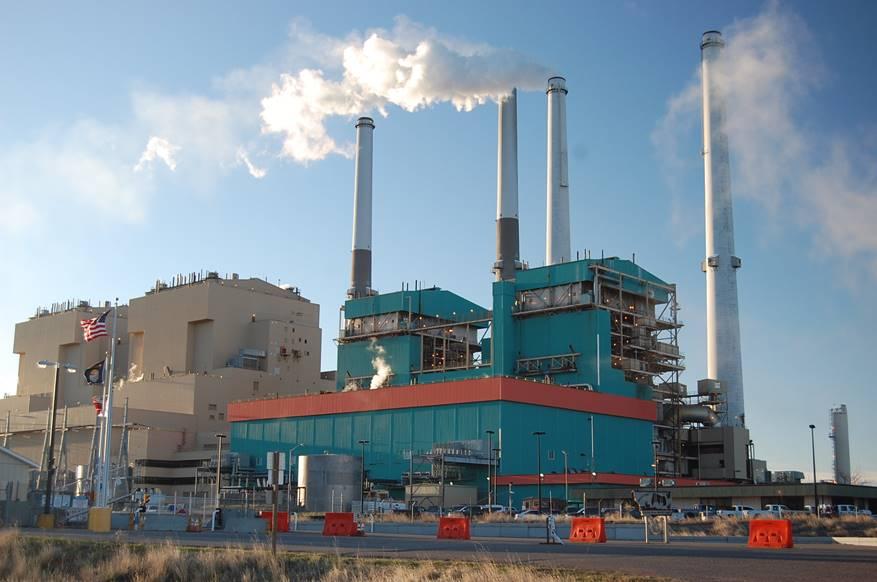Earlier this month the Billings Gazette reported that the US Department Energy (DOE), at the request of Governor Steve Bullock, is looking into ways to upgrade and rescue the troubled Colstrip power plant in Eastern Montana, the second largest coal-fired plant in the Western US. Together with the nearby coal mine that supplies it, the plant makes up the bulk of employment in the small town of Colstrip, which makes its potential closure a politically charged topic. DOE involvement follows an attempt by Republican state senators to save Colstrip by making the state’s proposed Medicaid expansion subject to committing the state’s energy utility (Northwestern Energy) to buy a $75 million share in the plant. In the end the Medicaid expansion passed while the Colstrip provision did not.
The DOE is considering plans to revamp the plant to improve efficiency, including a retrofitting to capture carbon emissions and pipe them to the nearby Bakken oil fields, where the gas reduces oil density and makes it easier to extract. This would be similar to the federal intervention to upgrade the Petra Nova plant in Texas during the Obama administration.
There is a common perception that renewable energy is propped up by government subsidies and other interventions, and would fail if left to market forces. But the Colstrip saga demonstrates that there is often a bipartisan commitment to prop up the coal industry, which is in fact faltering due to market forces, namely competition with natural gas and the plummeting cost of renewables. (I’ve previously written about President Trump’s executive order to rescue the coal industry and why it’s likely to fail).
In 2017 an analysis by Oil Change International attempted to quantify direct production subsidies to US fossil fuels. Federal and State subsidies had a combined total of $20.5 billion per year from 2015-16. These subsidies take many forms and a graph breaking down the total by each is provided at the bottom of this article. The most common subsidies generally take the form of tax breaks or direct government investments. Depending on how subsidies are defined, some studies estimate that renewables receive more from the US government than fossil fuels, while others find the opposite, but the point is that both undoubtedly receive substantial government support.
And it is not just the US. A recent analysis by the International Monetary Fund (IMF) estimated global subsidies to fossil fuels to be a whopping $5.2 trillion per year, roughly 6.5% of total global output. However, this report uses a rather extreme definition of “subsidy”. In addition to the tax breaks and direct payments that we normally think of as subsidies, the IMF considers the difference between the market price and the full cost to society (what economists call externalities) as a subsidy. These costs include air pollution, climate change, and even traffic fatalities. These externalities actually make up 94% of the $5.2 trillion figure. Defining subsidies as external costs not paid by the producer implies that society is “subsidizing” fossil fuel companies with lives lost to respiratory illness, property lost to wildfires or sea level rise, and other consequences of climate change, to name a few examples.
This is, to my knowledge, a novel definition of subsidies and one that is sure to be controversial. But it is at least an interesting way of considering the appropriate level of government support for various energy interests, including the Colstrip plant.


